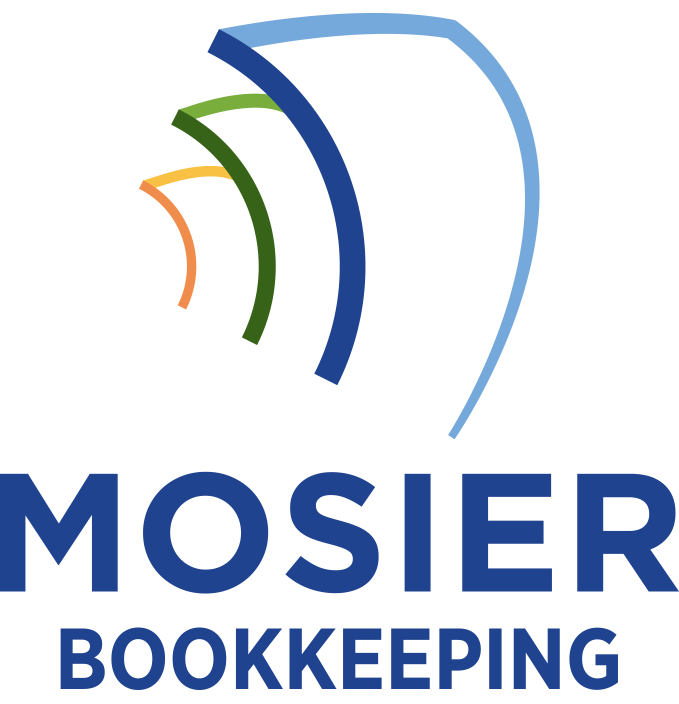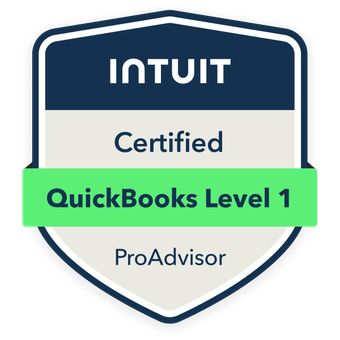Through strategic bookkeeping for sustainable practices, I’ve found that organizations can transform environmental initiatives into measurable financial assets while proving their long-term value. It lets you track energy savings, waste reduction, and carbon offsets against historical expenses, typically showing ROI within 2-4 years. You’ll strengthen stakeholder relationships through transparent ESG reporting and data-driven sustainability metrics. Understanding these benefits is just the first step toward maximizing your green investments’ full potential.
Measuring Cost Savings Through Environmental Investments

While many businesses view environmental investments as pure costs, careful bookkeeping reveals substantial long-term savings across multiple operational areas. I track every dollar spent on energy-efficient equipment, renewable power systems, and waste reduction initiatives, then measure these against historical operating expenses. Through meticulous documentation, I’ve found that sustainable upgrades typically deliver ROI within 2-4 years.
I monitor metrics like reduced energy consumption, lower waste disposal fees, and decreased water usage. When I aggregate these savings monthly, I can demonstrate to stakeholders how green initiatives transform from expenses into profit-driving assets that strengthen the bottom line.
Demonstrating ESG Compliance and Performance
A thorough ESG tracking system forms the backbone of demonstrating environmental, social, and governance performance to stakeholders. I’ve found that meticulous bookkeeping provides the data needed to validate compliance and showcase achievements across all ESG metrics.
I leverage detailed records to quantify carbon footprint reductions, verify supply chain sustainability, and document diverse hiring practices. My system enables real-time reporting to regulators, investors, and certification bodies while identifying areas for improvement. By maintaining exhaustive ESG documentation, I can respond swiftly to audit requests and strengthen my organization’s competitive position in an increasingly sustainability-focused market.
Optimizing Resource Allocation for Green Initiatives

Strategic resource allocation enables companies to maximize the impact of their green initiatives while maintaining fiscal responsibility. I’ll show you how to leverage your bookkeeping data to optimize your sustainability investments. By analyzing cost-benefit ratios of different environmental projects, you’ll identify which initiatives deliver the highest ROI. Track metrics like energy savings, waste reduction, and carbon offsets to quantify your impact. I recommend prioritizing projects that align with both your environmental goals and financial targets. Use your accounting insights to reallocate resources from underperforming initiatives to those generating superior environmental and economic returns.
Creating Data-Driven Sustainability Reports
Effective sustainability reporting starts with robust data collection and meticulous analysis. I’ll show you how to transform your environmental metrics into compelling narratives that drive action and investment. By leveraging your bookkeeping data, you’ll create reports that demonstrate clear ROI on sustainability initiatives.
I recommend focusing on three key areas: carbon footprint reduction, resource optimization, and waste management metrics. Each data point should tell a story of progress and potential. When you combine financial records with environmental impact data, you’ll produce reports that resonate with stakeholders and position your organization as a sustainability leader.
Building Credibility With Stakeholders Through Financial Transparency

Transparent financial reporting forms the bedrock of stakeholder trust in sustainability initiatives. I’ve found that investors, customers, and partners demand clear evidence of your environmental commitments through precise financial tracking. By sharing detailed breakdowns of sustainability investments, carbon offset purchases, and resource efficiency savings, you’ll establish your credibility as a responsible corporate leader.
I recommend documenting every green initiative’s ROI and environmental impact in your financial statements. When you integrate sustainability metrics with traditional accounting, you create a powerful narrative that proves your organization’s dedication to both profit and planet. This approach transforms skeptics into advocates.








